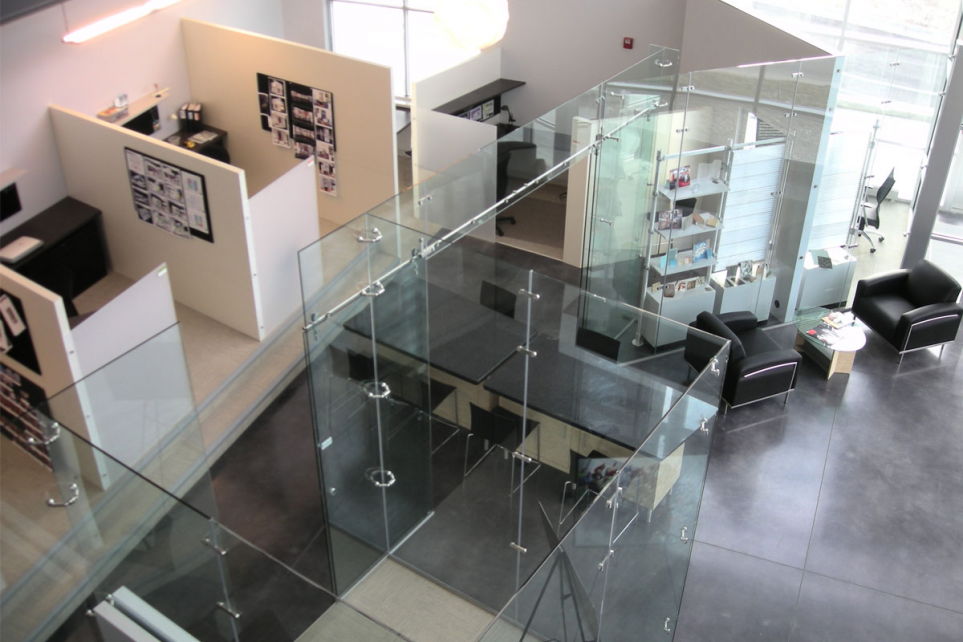There is no denying that the COVID-19 pandemic has changed the face of the workplace forever, with the work-from-home orders issued in the name of public safety likely to stick around indefinitely for those companies that were able to maintain comparable productivity even though their employees were not physically present.
However, the reality remains that for other companies, work-from-home has been a major challenge, with business-as-usual not returning fast enough.
For those businesses heading back to the office, the pressure has never been greater to reduce energy consumption. In addition to society’s push to “go green” in the effort to fight climate change, the cost savings associated with lower energy use will be even more critical as businesses fight to keep their bottom line competitive with those companies that have shuttered their physical locations.
Build Customized Sun Barriers
Generally, when taking steps to reduce energy costs, the sun is a powerful ally, as finding creative ways to utilize its natural supply of energy can greatly limit the amount that companies need to use nonrenewable sources.
Unfortunately, during the summer months when the days are long and the sun is closer to the Earth, it can actually have the opposite effect. The sun constantly beating down on the face of the building can turn offices into small ovens–especially in those spaces with large windows that allow for the natural flow of light.
Rather than run up astronomical air conditioning bills to offset the heat, it is worthwhile to invest in some cooling measures that will not draw on the HVAC system. Portable awnings are a great way to shade your office spaces during the summer months, as are architectural metal grilles. A customized grille can not only provide a decorative facade to your office space, but it can still allow for the flow of natural light, but only after significantly lowering the heat irradiation that will reach your office.
Creatively Divide Office Interiors

It is no secret that open office spaces have been a trend in recent years. In addition to providing a more pleasant and inviting workspace, open office designs allow natural light to flow more freely, greatly reducing the use of electric lights when compared to traditional walled-in spaces.
However, while the open office space is superior in many regards, there are some times when privacy is needed, and a large, open room is not intimate or functional enough to conduct effective business.
When this is the case, consider structural glass walls to help break large office areas into smaller spaces that better suit your needs. These innovative structures maintain the open and inviting ambiance of an open office and allow light to flow freely, helping limit the need for electricity consumption.
Finally, their extreme customizability limits the resources needed to build, modify, and remove them, representing significant energy savings when compared to more permanent office dividers that may require a professional crew and/or machinery to build.
Eliminate the Light Switch

It is common for employees to leave the office “for a few seconds,” only to be detained by a colleague at the water fountain for half an hour. When the office lights are left on during this time, these types of incidents can add up to significantly undermine the electric bill over time.
Therefore, modern offices should be designed in such a way that traditional light switches are a thing of the past. Some ideas for ditching the light switch while keeping offices well-lit include:
- Large windows to aid the flow of sunlight
- White solid surface desks and countertops to better reflect light
- Motion-detected overhead lights that only turn on when someone is present
Matt Lee is the owner of the Innovative Building Materials blog and a content writer for the building materials industry. He is focused on helping fellow homeowners, contractors, and architects discover materials and methods of construction that save money, improve energy efficiency, and increase property value.
